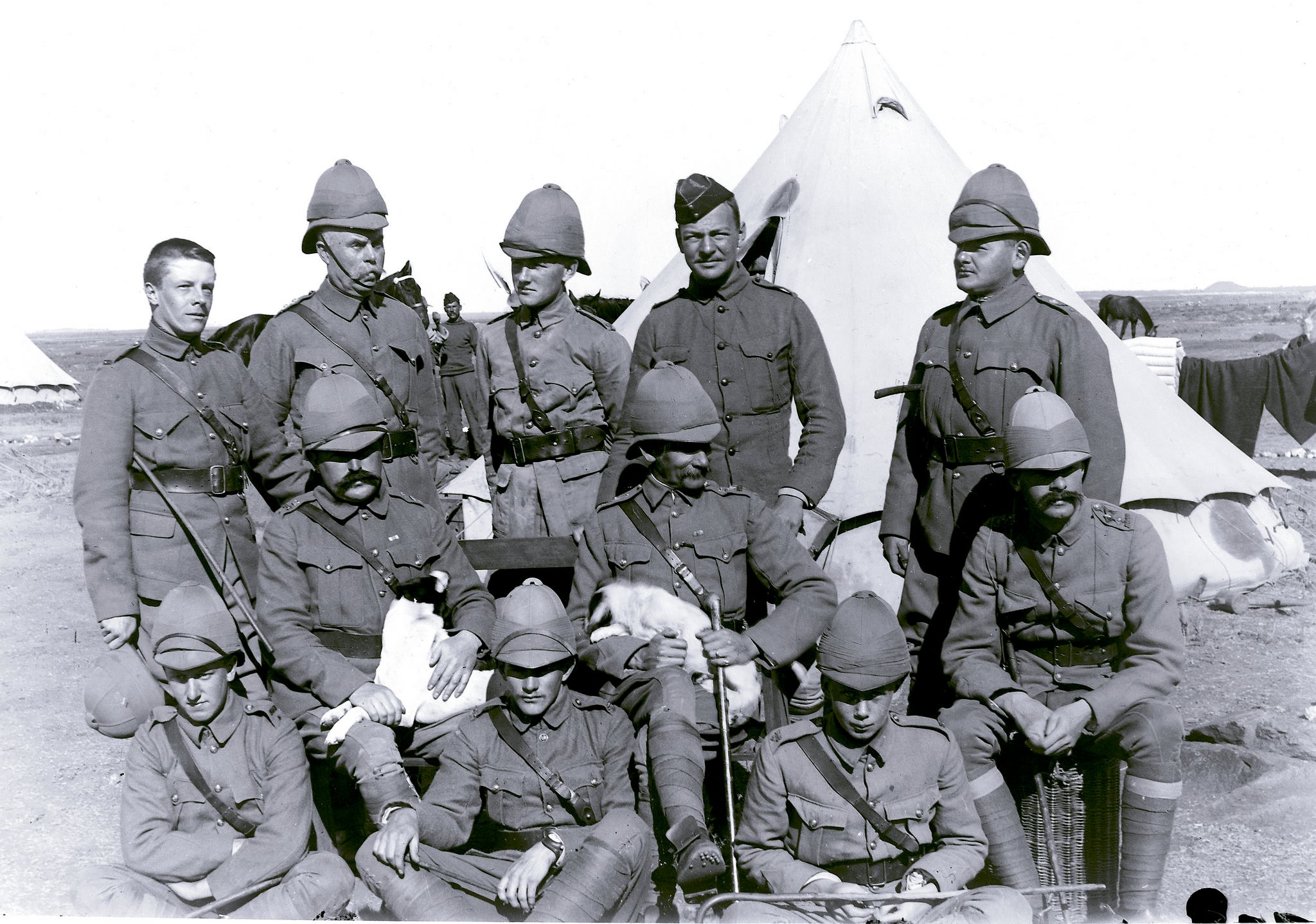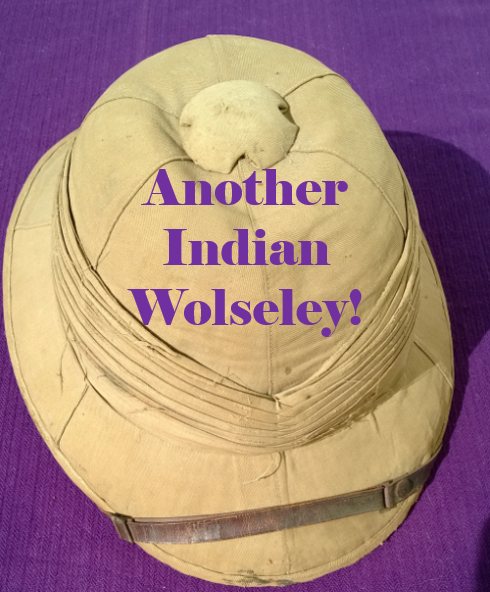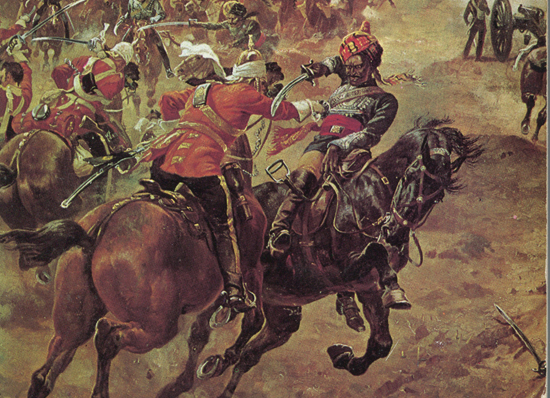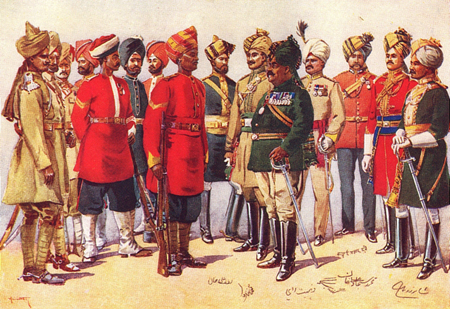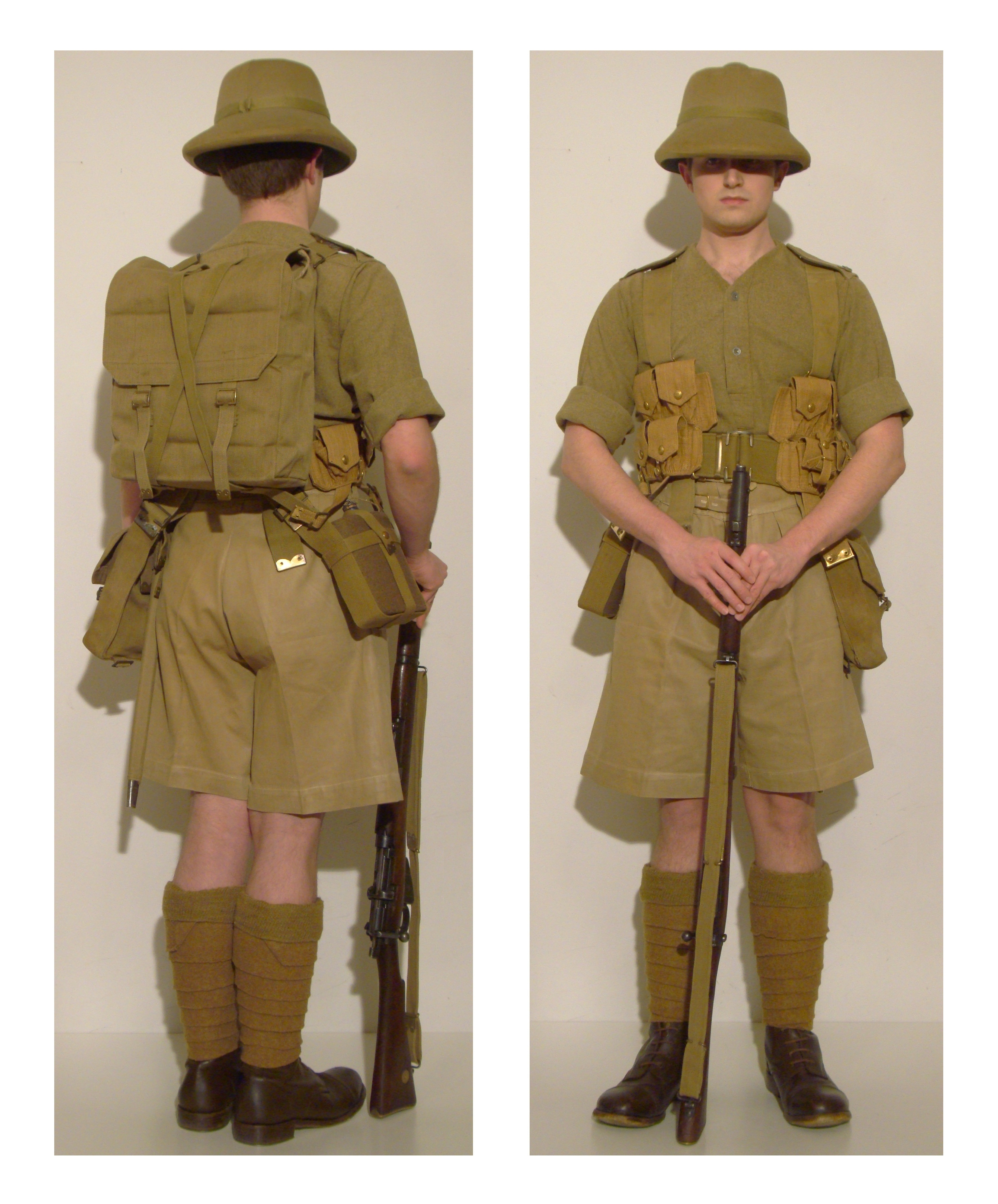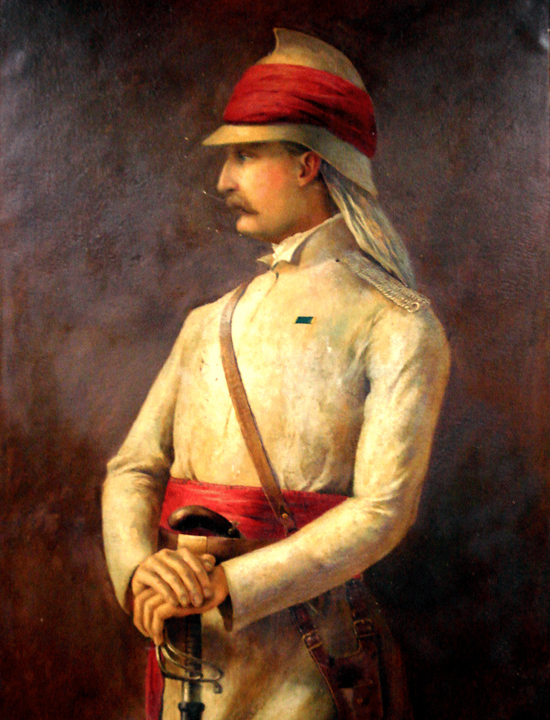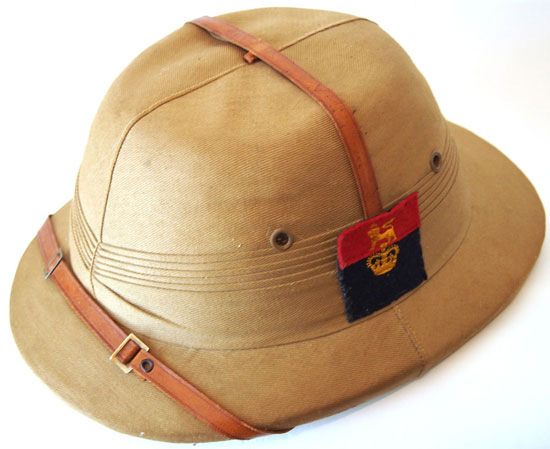
As the British Army had phased out the Wolseley helmet completely after World War II, staff officers, brigadiers and general officers had to make due with other forms of tropical headgear when serving in remote stations such as Singapore, the British West Indies and the various African colonies before independence.
There appears to be a brief resurgence of Indian pattern helmet including the Bombay Bowler in use by some British officers serving in tropical stations. This would be a bit ironic as the first sun helmets used by British forces originated in India – but of course the Wolseley does remain in use for the Royal Marines, while other cork helmets have been used for ceremonial purposes for units such as the Gibraltar Regiment. Continue reading

